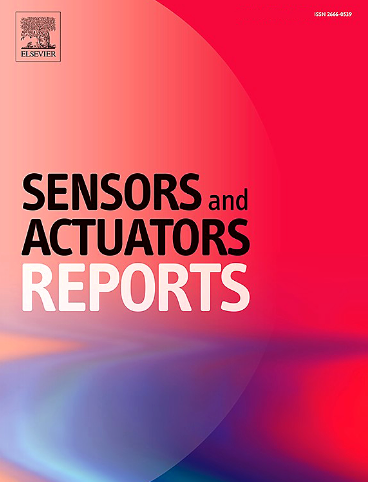Electronic skin technologies: From hardware building blocks and tactile sensing to control algorithms and applications
IF 7.6
Q1 BIOTECHNOLOGY & APPLIED MICROBIOLOGY
引用次数: 0
Abstract
E-skin technologies are poised to reshape numerous sectors, offering new possibilities through their thin, flexible, and highly sensitive interfaces. By integrating advanced transducer mechanisms and edge artificial intelligence computing, these interfaces not only enhance the quality of services and products but also promote greater user interaction and real-time data processing. Prosthetic and rehabilitation devices equipped with human-machine interfaces can improve the lives of people with disabilities, enabling them to interact more naturally with their environment. Furthermore, recent studies and advanced sensors have achieved sensitivity and accuracy levels not only comparable to human tactile receptors but even superior, enabling unprecedented touch perception and interaction. In the field of robotics, e-skins provide robots with human-like tactile sensitivity, enhancing their efficiency and safety when interacting with humans, machines, and the environment. The integration of e-skins with soft robotics and edge AI technology opens new frontiers in device design, making them more adaptable and capable of dynamically responding to user needs. Recent advances in flexible interfaces have led to improved transducer sensitivity and energy-efficient processing, ensuring better integration with wearable devices and interactive systems. These developments highlight the growing emphasis on real-time data processing and adaptive learning algorithms, key to the future of human-machine interactions. This paper delves into the materials, structures, and mechanisms that constitute flexible electronic interfaces and their applications. Progress and challenges in implementing effective human-machine interfaces are examined. The paper concludes with a discussion on the prospects and current challenges in the field of human-machine interfaces, particularly in medical robotics.

电子皮肤技术:从硬件构建模块和触觉感应到控制算法和应用
电子皮肤技术将重塑许多行业,通过其轻薄、灵活和高灵敏度的界面提供新的可能性。通过集成先进的传感器机制和边缘人工智能计算,这些接口不仅提高了服务和产品的质量,还促进了更大的用户交互和实时数据处理。配备人机界面的假肢和康复设备可以改善残疾人的生活,使他们能够更自然地与环境互动。此外,最近的研究和先进的传感器已经达到灵敏度和精度水平,不仅可以与人类的触觉感受器相媲美,甚至优于人类,使前所未有的触觉感知和互动成为可能。在机器人领域,电子皮肤为机器人提供了类似人类的触觉灵敏度,提高了机器人与人、机器和环境互动时的效率和安全性。电子皮肤与软机器人和边缘人工智能技术的集成开辟了设备设计的新领域,使它们更具适应性,能够动态响应用户需求。柔性接口的最新进展提高了传感器的灵敏度和节能处理,确保了与可穿戴设备和交互系统的更好集成。这些发展凸显了对实时数据处理和自适应学习算法的日益重视,这是人机交互未来的关键。本文深入探讨了构成柔性电子界面的材料、结构和机制及其应用。研究了实现有效人机界面的进展和挑战。本文最后讨论了人机界面领域,特别是医疗机器人领域的前景和当前的挑战。
本文章由计算机程序翻译,如有差异,请以英文原文为准。
求助全文
约1分钟内获得全文
求助全文
来源期刊

Sensors and Actuators Reports
Multiple-
CiteScore
9.60
自引率
0.00%
发文量
60
审稿时长
49 days
期刊介绍:
Sensors and Actuators Reports is a peer-reviewed open access journal launched out from the Sensors and Actuators journal family. Sensors and Actuators Reports is dedicated to publishing new and original works in the field of all type of sensors and actuators, including bio-, chemical-, physical-, and nano- sensors and actuators, which demonstrates significant progress beyond the current state of the art. The journal regularly publishes original research papers, reviews, and short communications.
For research papers and short communications, the journal aims to publish the new and original work supported by experimental results and as such purely theoretical works are not accepted.
 求助内容:
求助内容: 应助结果提醒方式:
应助结果提醒方式:


